Most Poisonous Plants in the World
11. Doll’s EyesActaea pachypoda, commonly known as doll’s eyes, is a flowering plant native to the forests of North America. In the spring it produces white flowers but Actaea pachypoda’s most striking feature is its fruit. The plant features a white berry that measures roughly half an inch in diameter and has a black stigma scar. This is where the name “doll’s eyes” originates from. The plant as a whole, including its berries, is considered poisonous to humans. In fact, the berries are the most dangerous part. This is due to cardiogenic toxins that have an immediate sedative effect on the human heart muscle. Therefore, ingesting the berries can lead to death by cardiac arrest.
10. Water Hemlock
Plants from the Cicuta genus, known by their common name as water hemlocks, have been described as the most violently toxic plants in North America. They’re native to temperate regions of the Northern Hemisphere, mainly North America and Europe. These large wildflowers belong to the carrot family and are sometimes confused with celery or edible parsnips. Similar to water parsnips, water hemlocks have clusters of umbrella-shaped white flowers and they’re found on the shorelines of lakes and rivers. Unlike water parsnips, however, they’re infused with a deadly cicutoxin, particularly in their roots, which attacks the central nervous system.
When ingested, intoxication symptoms can take as little as 15 minutes to manifest. Violent seizure activity is a common side-effect and its onset can be abrupt. It can lead to respiratory failure, muscle breakdown, swelling in the brain or kidney failure. In many cases, death has occurred within a few hours of ingestion. Should the victim survive, seizures may still persist for up to 96 hours and a possible side effect is retrograde amnesia of the intoxication or the events leading up to it. Other neurological symptoms may include hallucination, delirium or coma.
9. Rosary Pea
Abrus precatorius, also known as the rosary pea, is a perennial climber that twines around shrubs, hedges and trees. Humans have spread the rosary pea outside its native Indonesia and the plant’s ability to invade is quite remarkable. These factors have led to its current pantropical distribution. The rosary pea grows aggressively, expands deep roots and produces hard-shelled seeds. It’s extremely difficult to remove once it’s reached maturity. The plant has brightly-colored seeds, which present shades of red and black, being reminiscent of a ladybug. The seeds are deadly due to an extremely toxic component called abrin. It prevents protein synthesis, which is vital for cell health. In a laboratory setting, abrin has been determined as being at least 75 times more potent than ricin, another well-known plant toxin.
The seed, however, isn’t typically lethal if its hard shell hasn’t been broken. If chewed and ingested, a single seed can kill both adults and children. For an average-sized human the lethal dose of abrin is an estimated 0.1 milligrams. Symptoms include nausea, vomiting and seizures leading up to multiple organ failure. Death typically occurs after a few days and there’s currently no antidote to stop the toxins from ravaging the human body. Because of their bright coloration, the seeds are valued in native jewellery-making. There’ve been reports of workers who’ve died from pinpricks as they were piercing and threading the seeds. In India, as late as the 19th century, rosary pea poison was reportedly used as a weapon. Needles were dipped in a paste made from pounded seeds and then dried in the sun. Afterwards they were mounted on a handle and used to puncture the skin of humans or animals.
8. Lily of the Valley
The lily of the valley is sweetly scented and has bell-shaped flowers which blossom during springtime. It’s found throughout the cool temperate Northern Hemisphere and has had a significant cultural impact. It was fashion icon Christian Dior’s favorite flower and has formed the basis of several classic perfumes. In Christian tradition it’s said to have been sprung from the tears of the Virgin Mary, during the crucifixion of Jesus. The lily of the valley also lends its name to a song from rock band Queen, on an album entitled “Sheer Heart Attack”.
The album title only seems fitting, since ingesting the lily of the valley essentially wreaks havoc on the human heart. All parts of the plant are highly poisonous. It contains a toxic amino acid as well as around 38 different cardiac glycosides. These organic compounds increase the output force of the heart and its rate of contractions. To make matters worse, the lily of the valley produces bright-red berries, which may be attractive to children. Any part of the plant, even ingested in small amounts, can cause vomiting, abdominal pain, blurred vision or reduced heart rate. The lily of the valley’s deadly power was also shown on the TV series Breaking Bad. The show’s main character used it as a poison as he plotted to assassinate an adversary.
7. Oleander
The oleander is the only plant species in the Nerium genus and one of the most poisonous commonly grown garden plants. Oleander is so widespread that its point of origin is no longer known, although some suggest that it comes from Southeast Asia. It can grow to be nearly 20 feet tall with thick and leathery dark-green leaves. Each branch ends in a cluster of flowers, which are white or pink to red. According to one theory the name “oleander” was derived from a combination of Greek nouns that would roughly translate as “I kill man”. It’s a name that rings true when considering the plant’s notorious toxicity.
Every part of the oleander is poisonous. Ingesting it can affect the heart, the gastrointestinal system and the central nervous system. It can lead to muscle tremors, seizures, coma and death. Even contact with the leaves can lead to skin rashes for some people. Its toxicity and wide distribution have turned the oleander into an urban legend across many cultures. While versions vary, the overarching narrative is that people died after eating food roasted over a campfire made from oleander stick. Some legends claim that this happened to the soldiers of Napoleon Bonaparte or Alexander the Great.
6. White Snakeroot
Ageratina altissima, also known as white snakeroot, is a poisonous plant native to eastern and central North America. It grows up to 5 feet tall and is topped by clusters of small white flowers. While most of the killer plants on our list are rather direct in their attack on the human body, white snakeroot takes a different approach. It contains a toxic alcohol called tremetol. When the plants are consumed by cattle, the toxin spreads to their milk and meat. Then, as humans drink milk or eat beef, they can suffer from tremetol poisoning. It’s a disease commonly referred to as milk sickness.
While farmers today are aware of the dangers associated with white snakeroot, the plant claimed many lives in the past. At the dawn of the 19th century, European Americans settling in the Upper South or Midwest, found themselves in the plant’s natural habitat. Thousands succumbed to milk sickness and it took several decades for them to identify white snakeroot as the culprit. It may have also been the cause of death for Nancy Hanks Lincoln, US President Abraham Lincoln’s mother.
5. Suicide Tree
Cerbera odollam, commonly known as the suicide tree, is a plant that bears some resemblance to oleander. It’s native to India and other parts of Southern Asia, where it grows in marshy areas and coastal salt swamps. The suicide tree’s flowers are white and its fruit, when still green, resembles a small mango. The fruit’s fibrous shell encases an oval kernel that’s highly toxic. It contains cardiac glycosides and a proprietary toxin, called cerberin, which block calcium ion channels in the heart muscles. It basically disrupts the heartbeat, often to a fatal degree. Upon ingestion of the kernel, the most common poisoning symptom is vomiting, and death may occur within two days. Cerberin is hard to detect in an autopsy. Strong spices also have the ability of masking its taste. This, much like its common name would indicate, has made it an agent of suicides and homicides in India. Between 1989 and 1999, there were over 500 cases of fatal Cerbera poisoning in the Indian state of Kerala.
4. Deadly Nightshade
As the legend goes, when Macbeth was still a lieutenant and before he became King of Scotland, he was faced with invading English forces. Under the guise of a truce, he poisoned them with wine made from the sweet fruit of the deadly nightshade. Augustus, Rome’s first emperor, was said to have been poisoned by his wife with a deadly nightshade mixture. Known by its scientific name as Atropa belladonna, extracts from this plant have been in use since at least the 4th century BC. It’s a perennial herbaceous plant that produces purple, bell-shaped flowers and berries which ripen to a shiny black and are about half an inch in diameter. It’s native to Central and Eastern Europe, Turkey, Iran, the Caucasus, and North Africa. It has, however, been cultivated outside its range.
Throughout history, belladonna has found a place in medicine and as a cosmetic but also as a poison and in ceremonial rituals. Women in the past, including Egyptian Queen Cleopatra, would reportedly use belladonna drops to dilate their pupils. This feature was considered attractive at the time. Belladonna has also occasionally been used as a recreational drug due to the vivid hallucinations and delirium it produces. The state can last for several days. Recreational use, however, is considered extremely dangerous since there’s a high risk of unintentional overdose.
Much like its common name would suggest, the deadly nightshade is one of the most toxic plants in existence. Every part of it contains tropane alkaloids and the active agents are atropine, hyoscyamine and hyoscine. They disrupt the regulation of involuntary activities by the nervous system. Initial symptoms may include dry mouth and throat, headaches, loss of balance, slurred speech, delirium and convulsions. Since it basically paralyzes nerve endings in the body’s involuntary muscles, death occurs due to breathing or heart complications.
3. Wolf’s Bane
The Aconitum genus contains numerous plants commonly known as aconite, wolf’s bane, monkshood, or devil’s helmet. Wolf’s bane is a plant that people have known to be extremely toxic since Ancient times. In Greek mythology, it’s said to have come from the slavering mouth of Cerberus, the monstrous three-headed dog that guarded the entrance to the underworld. In legends related to lycanthropy, it’s said to either cure people of being werewolves or to induce it when consumed.
The indigenous Ainu of Japan used arrows laced with wolf’s bane to hunt bears. The plant is so toxic that indigenous people of Alaska used it for whale-hunting. A poison-tipped lance would be used in the hunt and it would paralyze the whale causing it to drown. Wolf’s bane, especially in its roots and tubers, contains a highly potent cardiotoxin and neurotoxin called aconitine. It damages sodium channels, thus disrupting the proper communication of signals to neurons, skeletal or cardiac muscles.
The first symptoms of aconitine poisoning occur 20 minutes to 2 hours after ingestion. In fatal poisoning death occurs within six hours and it’s usually the result of respiratory paralysis or cardiac arrest. The only post-mortem indications that poisoning has occurred are those related to asphyxia. Treatment is mainly supportive and atropine had been cited as an effective antidote for the physiological symptoms.
2. Castor Bean
We’ve previously mentioned ricin on our list and alluded to its renowned toxicity. It’s found in the seeds of the castor oil plant, Ricinus communis, which is listed by Guinness World Records as the world’s most poisonous common plant. While castor oil itself has uses in medicine and other applications, ricin is notoriously deadly. It’s found in the pulp of the raw castor bean and the process of extracting it is similar to that of removing cyanide from almonds.
Despite their name, the seeds are not true beans but merely resemble them in appearance. They are contained by spiked, greenish capsules. Ingesting broken seeds or breaking them by chewing is what causes poisoning in humans. Intact seeds, when swallowed, may pass through the digestive tract without releasing ricin. Symptoms of intoxication include a burning sensation in the mouth and throat, bloody diarrhea and abdominal pain. After a few days, the victim will likely experience extreme dehydration, decreased urine production and a drop in blood pressure.
Unless treated, death occurs within a week. Ricin is so toxic that it has been researched as a chemical or biological warfare agent in both World Wars. In this context, ricin is considered to be a schedule 1 controlled substance. It was used in the 1978 assassination of Georgi Markov, a journalist who spoke out against the communist Bulgarian regime. The hitman fired a pellet containing ricin into his leg from a modified umbrella and Markov later succumbed to the poison.
1. Tobacco
Tobacco is the common name of over 70 plant species in the Nicotiana genus, which are indigenous to the Americas and Australia, as well as parts of Africa and the South Pacific. They’re part of the nightshade family and contain various amounts of nicotine. Some tobacco cultivations sites in Mexico date back to 1400-1000 BC and in some native cultures it was seen as a gift from the Creator. Smoking tobacco, as a ceremonial ritual, was believed to carry thoughts and prayers to the divine. Nowadays, tobacco smoking and consumption account for a global industry trending towards $1 trillion.
In 2017, in the US alone, tobacco companies spent an estimated $1 million every hour towards marketing their products. The risks associated with smoking tobacco are well-established. The inhalation of carcinogens and poisonous chemicals, such as carbon monoxide is devastating to overall health. There are thousands of different substances in cigarette smoke which contribute to its harmful effects. These may include arsenic, nickel or formaldehyde. Smoking has been identified as a major risk factor in heart attacks, emphysema, strokes as well as several types of cancer. It’s highly addictive and even secondhand smoke exposure claims thousands of lives each year. There are over 1 billion tobacco smokers worldwide and the practice itself has been identified by the World Health Organization as the number one cause of preventable death.
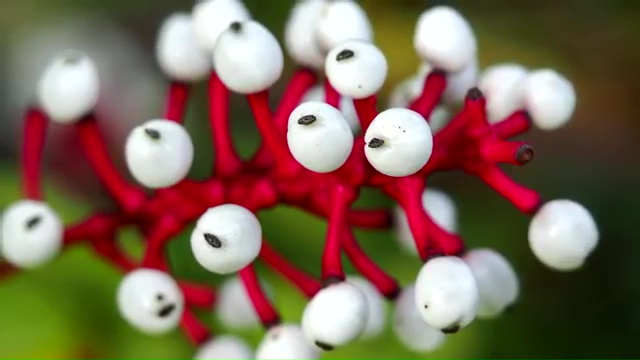

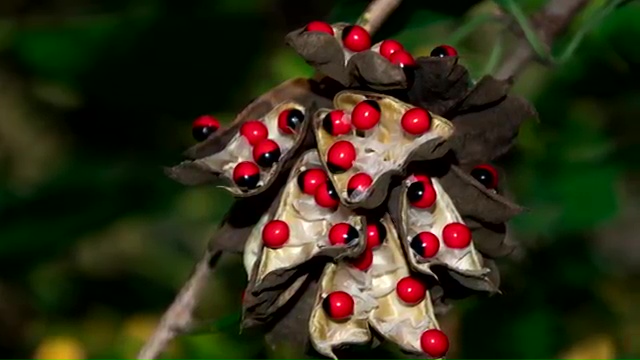
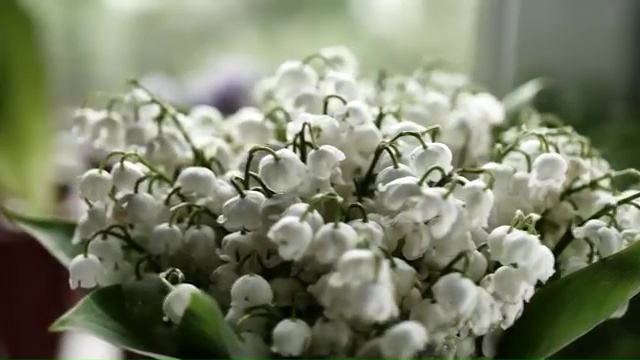

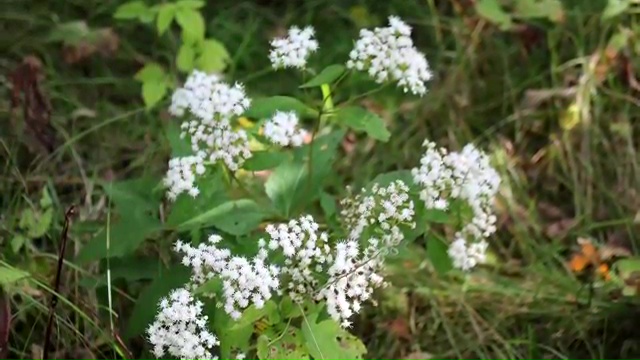
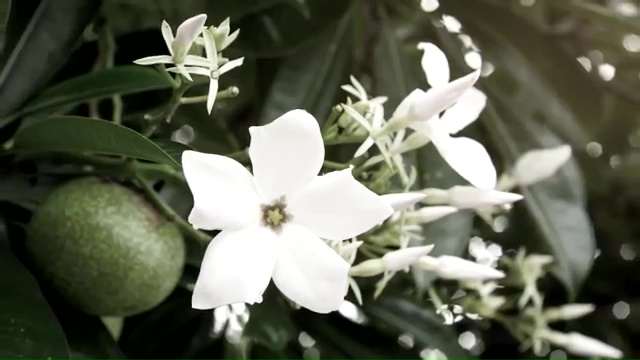
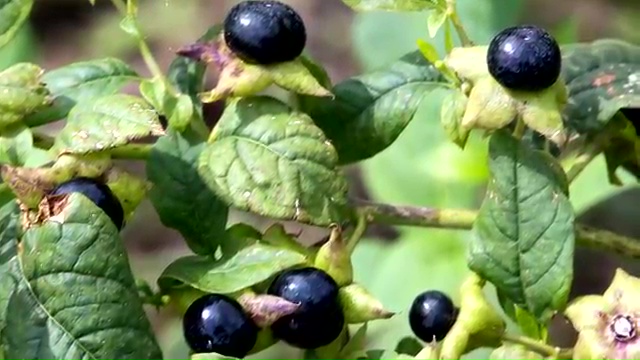

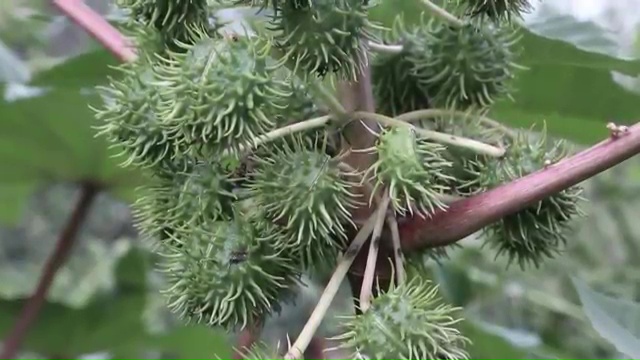

















No comments:
Post a Comment